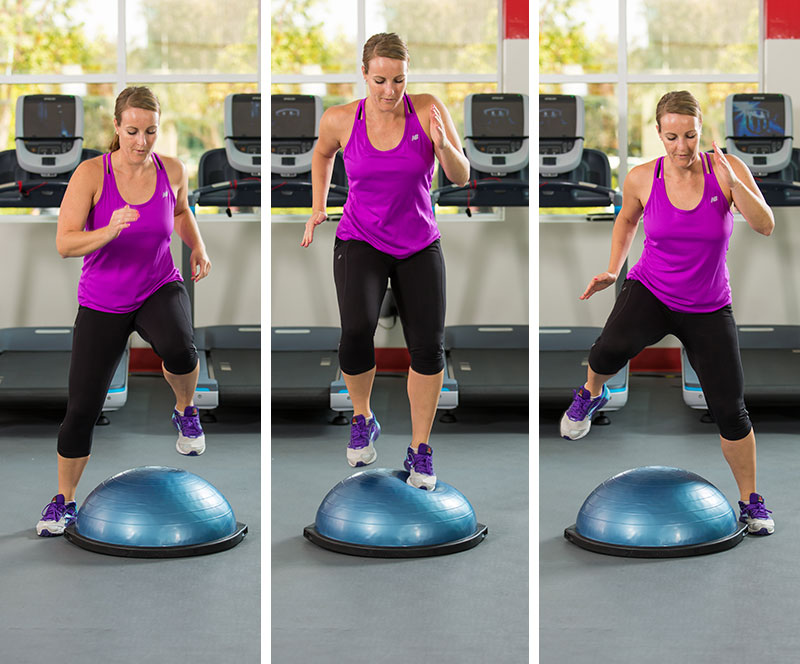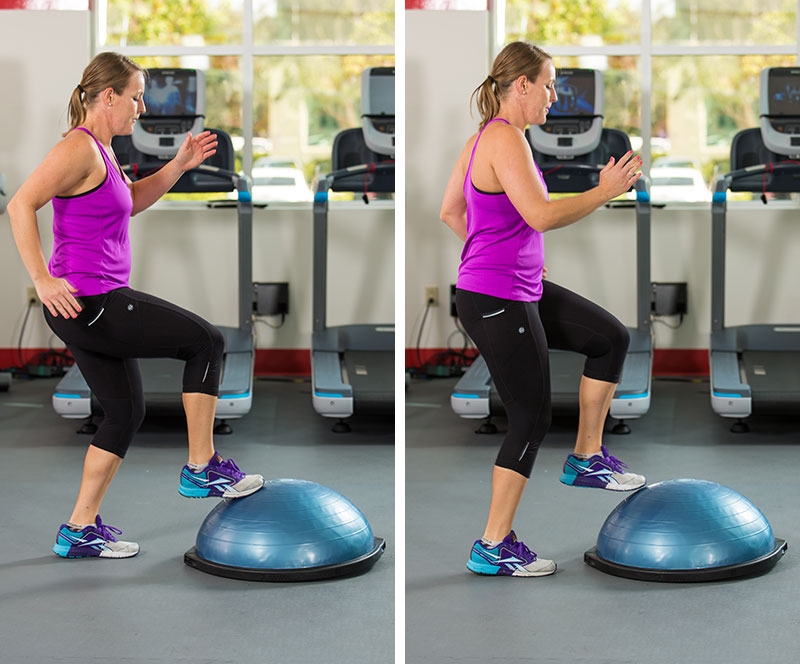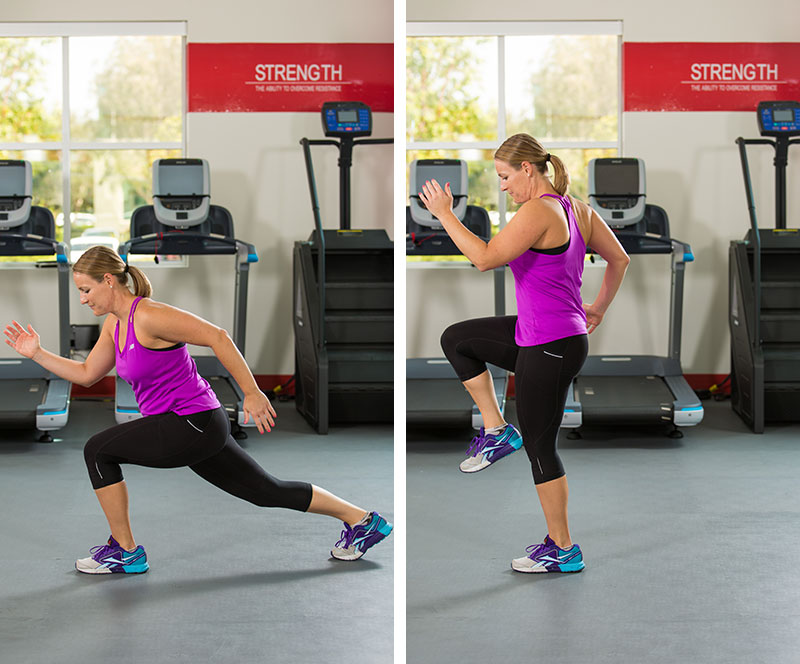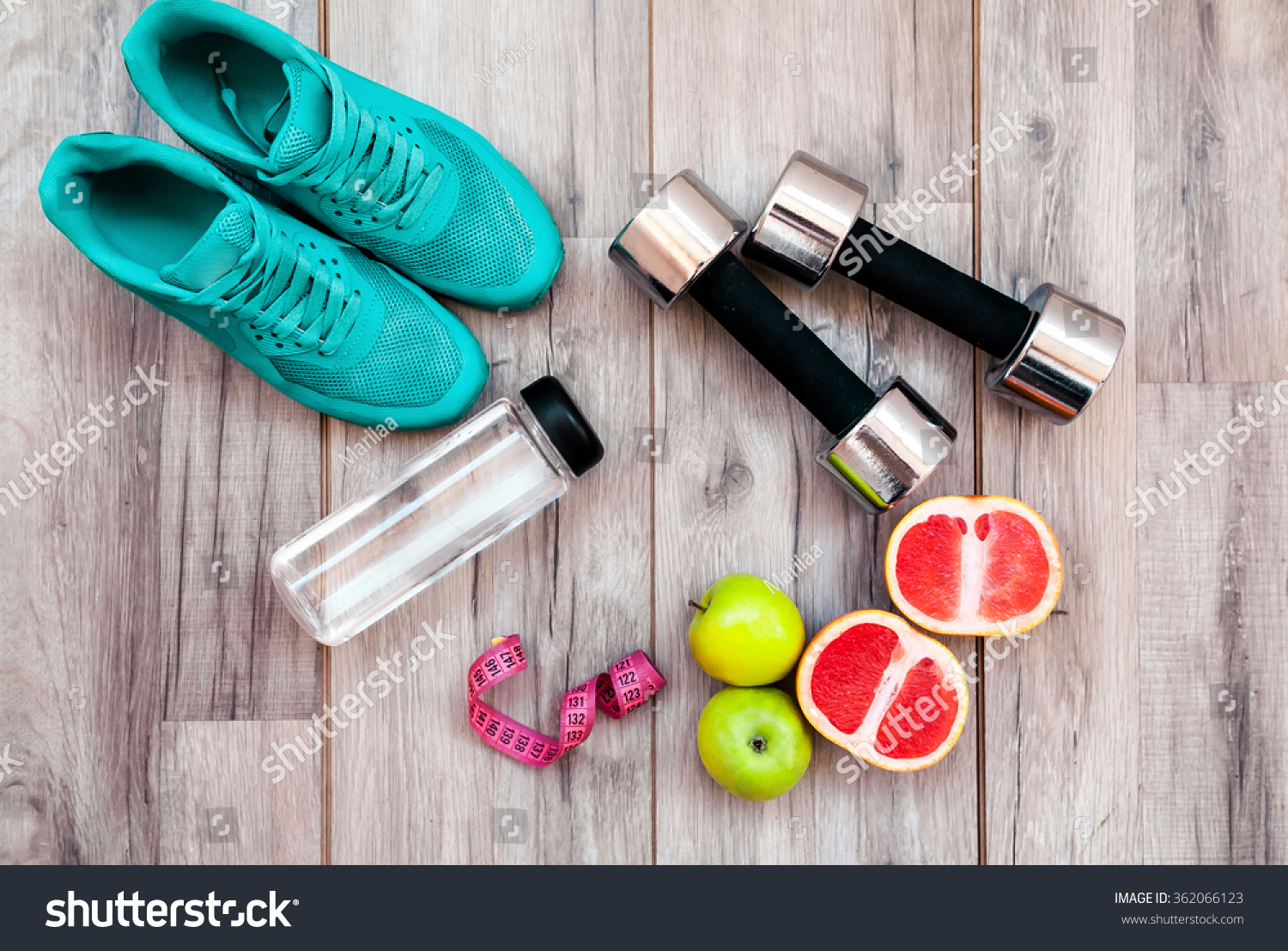Yoga Causes More Injuries Than Previously Thought
A recent study conducted out of the University of Sydney found that 10% of participants in the study received a musculoskeletal injury from yoga while the exercise exacerbated existing injuries in another 21% of participants.
Yoga has become one of the biggest fitness crazes within the past decade, even garnering its own day and dedicated segments on shows such as Kelly and Ryan. Many athletes and non-athletes alike look to yoga as a form of exercise or compliment to existing exercise regimens to maintain flexibility. For those who are new to the exercise scene (and even some who are hardened athletes), however, yoga may be doing more harm than good if their form is incorrect. A research team from the University of Sydney found that reported injuries resulting from yoga were ten times higher than previously reported. The team also found that 21% of participants exacerbated existing muscle pain, with 1/3 of the 21% not being bale to continue yoga or exercise for at least 3 months. The primary source of the pain was located in the upper extremity (elbow, shoulder, wrist and hand) which may be the results of beginner poses such as downward dog.
Despite this increase in reported injury, 74% of participants reported that yoga gave them significant musculoskeletal relief. The reasoning for the increase in reported injuries may be due to a multitude of different scenarios or cases. The first of which is that yoga class goers are not notifying their instructors of prior injuries. The second possibility is that the participant is conducting the pose incorrectly and that the teacher is insufficiently correcting the problem. Regardless of which case is the correct one, it is paramount for participants to research yoga studios for properly trained instructors and them inform the instructor of prior injuries that may be exacerbated by certain poses.















